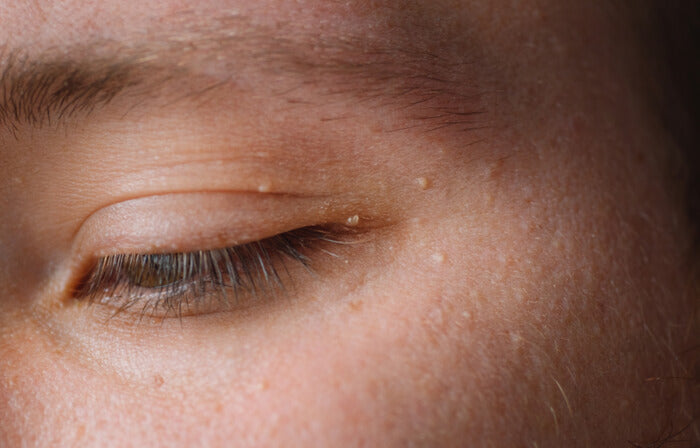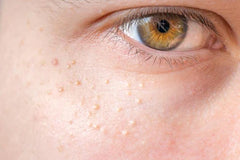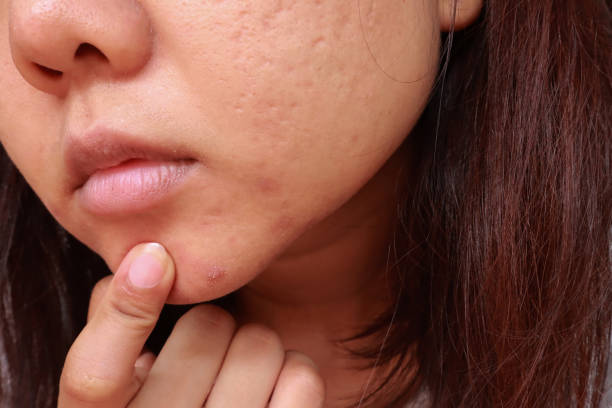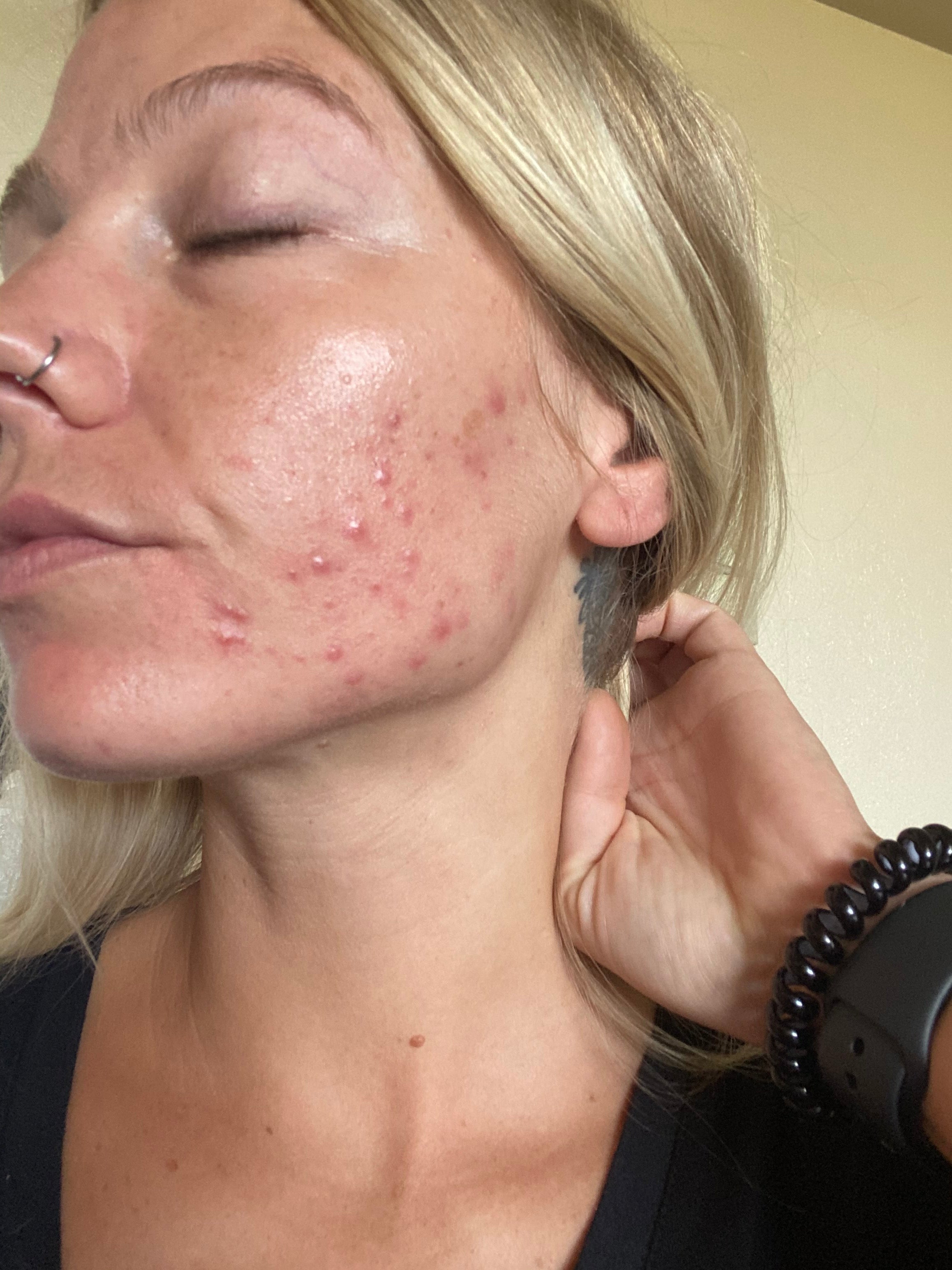
Milia: The ABCs
Milia, those tiny, pearly white bumps that sometimes appear on your skin, can be a cosmetic concern for many. While they are generally harmless, understanding what milia is, what causes it, and how to deal with it can be valuable information. We'll dive into the world of milia, exploring its causes, effective treatment options, and how to prevent them.
What is Milia?
Milia are small, white, or yellowish cysts that often appear on the face, particularly around the eyes, cheeks, and nose. They are typically about 1-2 millimeters in size and are sometimes referred to as "milk spots." Milia are tiny cysts filled with keratin, a protein found in the outer layer of the skin, and they can develop when dead skin cells get trapped beneath the skin's surface.

The Main Causes of Milia
Understanding the underlying causes of milia is essential to address and prevent them. Here are some common factors that contribute to the formation of milia:
- Skin Care Products: The use of heavy or oil-based skin care products can lead to the development of milia. These products can trap dead skin cells and prevent them from naturally shedding, resulting in cyst formation.
- Sun Damage: Prolonged sun exposure without proper protection can damage the skin and cause milia. The skin's response to this damage may include the formation of these tiny cysts.
- Trauma or Injury: Skin trauma, such as burns or rashes, can lead to milia. The healing process may involve the accumulation of keratin beneath the skin.
- Genetics: Some individuals are genetically predisposed to milia, and they may have a family history of these cysts.
Getting Rid of Milia
Milia may disappear after a few months, but if you'd like to expedite the process, there are several treatment options available.
- Maintain a Consistent Skincare Routine: Gently cleanse your face twice a day with a mild, non-comedogenic (won't clog pores) cleanser.
- Facial Steam: Gently steaming your face can help open up pores and soften the milia, making it easier for them to surface and shed. Boil water, pour it into a bowl, and create a tent with a towel to capture the steam. Lean over the bowl and steam your face for a few minutes. Be cautious not to burn yourself.
- Exfoliation: Gently exfoliating your skin with a mild exfoliant, like oatmeal or baking soda, can help remove dead skin cells that might contribute to milia. Be very gentle when exfoliating to avoid irritation.
- Diet and Hydration: A balanced diet rich in fruits, vegetables, and essential nutrients can promote healthy skin. Staying well-hydrated by drinking enough water is also crucial for skin health.
Can You Squeeze Milia?
It's essential to resist the urge to squeeze or pop milia at home. Unlike whiteheads or blackheads, milia are not filled with pus, and squeezing them can damage the skin, potentially leading to scarring or infection. If you're concerned about your milia, it's best to consult with a dermatologist or skincare professional who can provide safe and effective removal options.
Prevention of Milia
Preventing milia involves adopting a few simple practices:
- Use Non-Comedogenic Products: Choose skin care products that are labeled as non-comedogenic, meaning they won't clog pores and are less likely to cause milia.
- Sun Protection: Always use sunscreen when going outdoors, and wear protective clothing to shield your skin from excessive sun exposure.
- Gentle Exfoliation: Regular but gentle exfoliation can help remove dead skin cells and reduce the risk of milia formation.
- Stay Hydrated: Proper hydration can help maintain skin health. Drinking enough water and using a moisturizer suitable for your skin type can aid in preventing milia.
- Balanced Diet: A diet rich in fruits, vegetables, and essential nutrients can contribute to healthy skin. Some vitamins and minerals are particularly beneficial for skin health.
In conclusion, milia are small, benign cysts that can appear on the skin. Understanding the causes, treatment options, and prevention measures is essential for dealing with them effectively. By following preventive measures and a proper skincare routine, you can reduce the likelihood of milia development and enjoy clear, healthy skin. So, embrace a skin-friendly lifestyle, and your complexion will thank you.






